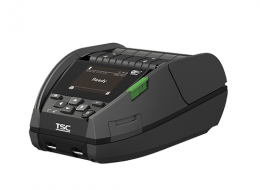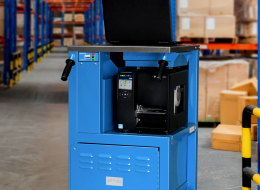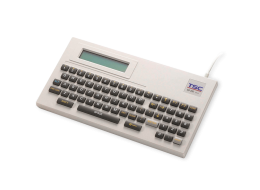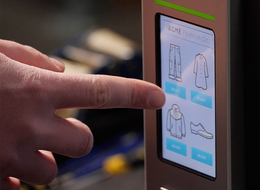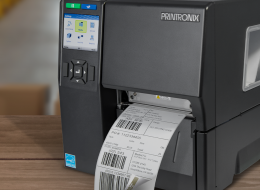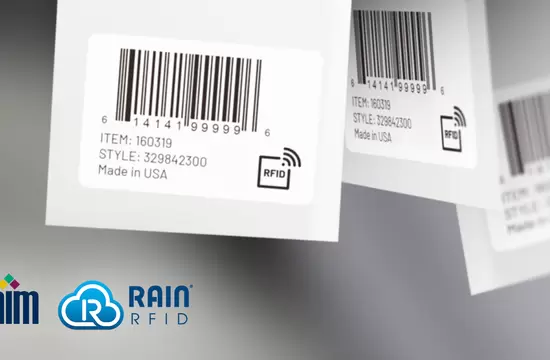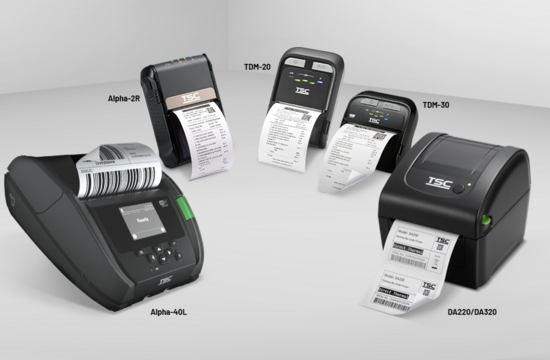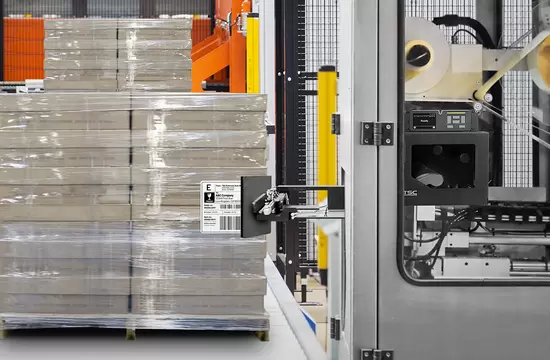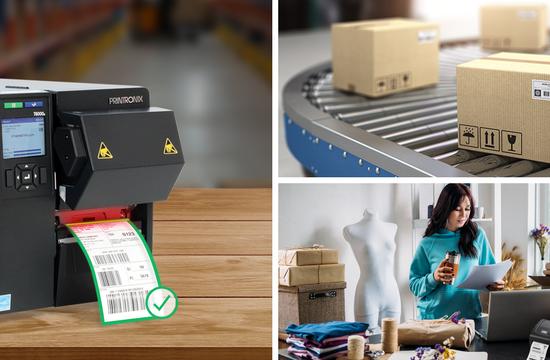Welcome to Our Blog
Get the latest information on new products and solutions, trending industry topics, best practices, tip and tricks, and much more.
With the continued expansion of RFID tagging, many users are shifting from the question of which numbering system to encode on the tags to how to actually get the numbering system’s characters encoded to the tags.
Print-and-apply systems are often adopted in production facilities to eliminate manual and legacy processes to increase throughput and reduce expenses.
Systems integration for print and apply can be a complex, time-consuming process for automatic labelers. Systems integrators need to ensure that systems perform reliably for 24/7 operations to achieve production efficiency while ensuring easy system maintenance.
2022 was another year of expansion in the Auto Identification and Data Capture (AIDC) space. The AIDC market sustained sizable growth as more companies worked toward their digital goals to usher in a new era.

